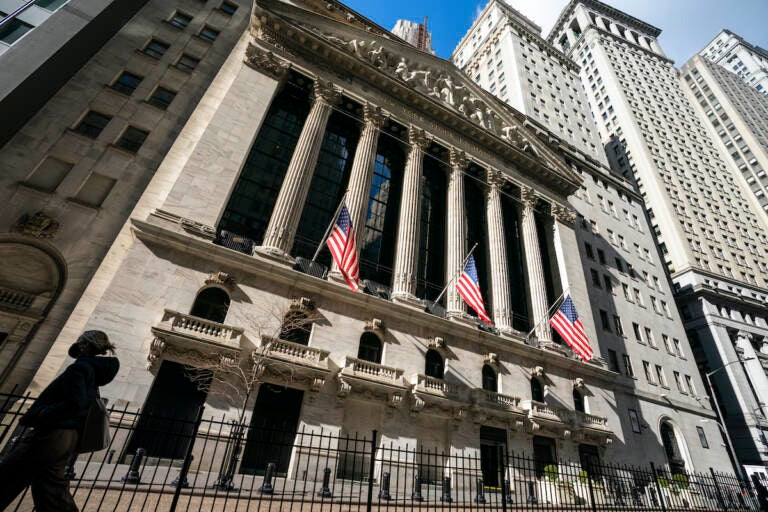On fears that aggressive U.S. interest rate hikes might force the world’s largest economy into recession, Asian stocks plummeted on Tuesday after Wall Street reached a certified bear market milestone and bond rates touched a two-decade high.

The MSCI Asia-Pacific stock index outside of Japan was down 0.9 percent.
In early trading, Australia’s S&P/ASX200 (.AXJO) fell 5%, while Japan’s Nikkei stock index (.N225) fell 1.74 percent.
At the opening in Hong Kong, the Hang Seng Index (.HSI) was down 1.44 percent, while China’s CSI300 Index (.CSI300) was down nearly 1%.
The negative attitude in Asia continued a gloomy day in the US on Monday, when Goldman Sachs forecasted a 75-basis-point rate increase at the Fed’s next policy meeting on Wednesday.
Expectations for aggressive rate hikes in the United States grew after inflation rose by a faster-than-expected 8.6% in the year to May.
Fears of a U.S. recession prompted the S&P 500 (.SPX) to fall 3.88 percent, while the Nasdaq Composite (.IXIC) fell 4.68 percent. The Dow Jones Industrial Average (.DJI) dropped 2.8%.
S&P 500 confirms a bear market
As fears rise that the Federal Reserve’s projected aggressive interest rate hikes would force the economy into a recession, U.S. shares fell on Monday, with the S&P 500 confirming it is in a bear market.
According to a widely used definition, a bear market began on January 3 when the benchmark S&P index fell for four consecutive days, dropping more than 20% from its most recent record closing high.
Only around 10 components of the S&P 500 were in positive territory on the day, with all of the main S&P sectors considerably below. Markets have been under pressure this year as skyrocketing inflation, particularly a surge in oil prices as a result of the Ukraine conflict, have pushed the Fed to take aggressive monetary policy measures, such as hiking interest rates.
The Fed will announce its next policy judgment on Wednesday, and traders will be seeking for clues as to how aggressively the central bank plans to hike rates.
High-growth market giants such as Apple Inc, Microsoft Corp, and Amazon.com Inc weighed down the S&P 500 as the yield on the benchmark 10-year US Treasury note hit 3.44 percent, its highest point since April 2011. Growth stocks are more probable to see their earnings decrease in a rising rate environment.
In Monday’s trade in the United States, benchmark 10-year Treasury rates touched their highest level since 2011, and a major portion of the yield curve flipped for the first time since April, as investors braced for the possibility that efforts to contain rising inflation may harm the economy.
The yield on benchmark 10-year Treasury notes jumped to 3.3828 percent early in Asia, compared to a close of 3.371 percent in the United States on Monday.
The two-year yield, which rises as traders anticipate higher Fed funds rates, reached 3.4002%, compared to a US closing of 3.281 percent.
The dollar fell 0.06 percent against the yen to 134.32, although it is still near its two-decade high of 135.17 sets on Monday.
The euro was unchanged at $1.0407, after losing 3.04 percent in a month, while the dollar index was higher at 105.19, tracking the greenback against a basket of other currencies.
On Tuesday, bitcoin plunged 4.5 percent to $21,416, a new 18-month low, after a 15-percent drop on Monday as markets were shocked by crypto lender Celsius stopping withdrawals.
Crude oil in the United States fell 0.06 percent to $122.14 per barrel. Brent crude was trading at 122.14 a barrel, down 0.13 percent.
The spot price of gold was $1,818.7395 per ounce, down marginally.
